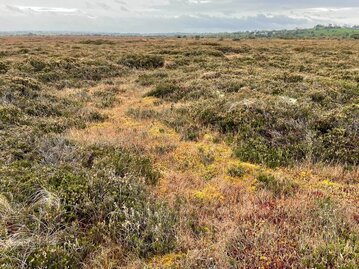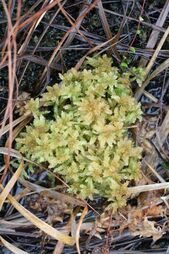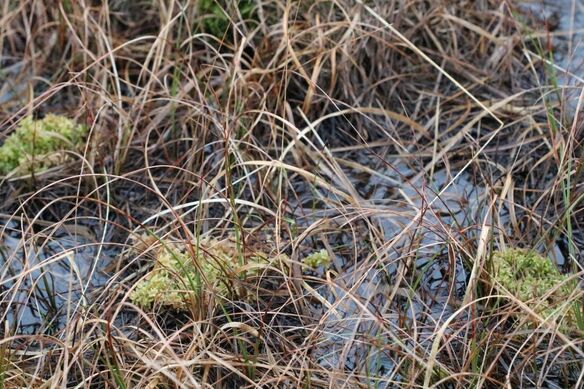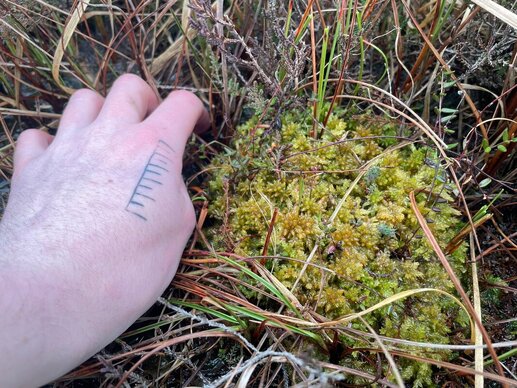It's all about Sphagnum!

Papillose Bog-moss (Sphagnum papillosum) is incredible. On healthy raised bogs, it's frequently the most dominant plant, while other species like Bog-rosemary (Andromeda polifolia), Cranberry (Vaccinium oxycoccos) and insectivorous Round-leaved Sundew (Drosera rotundifolia) can depend upon this bog-moss as a substrate to grow on and within. In Greater Manchester though, industry and agriculture ravaged all of the district's raised bog, leaving only fragments of heavily degraded habitat within the landscape. This has meant that both Papillose Bog-moss, alongside a lot of other species that rely on Sphagnum have become very rare/extinct across the whole of Greater Manchester.
Thankfully though, after decades of restoration across Greater Manchester, the raised bogs which Papillose Bog-moss depends upon are becoming less degraded. Working with Lancashire Wildlife Trust, Natural England and volunteers, NWRPI has been undertaking multiple translocations of Papillose Bog-moss from 2021 to 2022 and has reintroduced Papillose Bog-moss to over 3.25ha of recovering bog, with the aim of establishing a near-continuous cover of this plant once again in the future, as is often found on healthy active raised bogs (see top right photo of Garry Bog NNR, Northern Ireland).
Thankfully though, after decades of restoration across Greater Manchester, the raised bogs which Papillose Bog-moss depends upon are becoming less degraded. Working with Lancashire Wildlife Trust, Natural England and volunteers, NWRPI has been undertaking multiple translocations of Papillose Bog-moss from 2021 to 2022 and has reintroduced Papillose Bog-moss to over 3.25ha of recovering bog, with the aim of establishing a near-continuous cover of this plant once again in the future, as is often found on healthy active raised bogs (see top right photo of Garry Bog NNR, Northern Ireland).

Even when growing in optimal conditions though, Papillose Bog-moss patches only grow by up to 5cm per year, and it is this slow spread which means that without intervention, this incredibly important plant wouldn't be quick to recolonise. By transferring quantities of this plant in dense clusters, Sphagnum recolonisation can be optimised, which also works to improve the bog for lots of other species.
Ongoing reintroduction work involving this species is planned for the future with Lancashire Wildlife Trust and Natural England to help the Greater Manchester bogs on their journey to recovery!
Ongoing reintroduction work involving this species is planned for the future with Lancashire Wildlife Trust and Natural England to help the Greater Manchester bogs on their journey to recovery!


